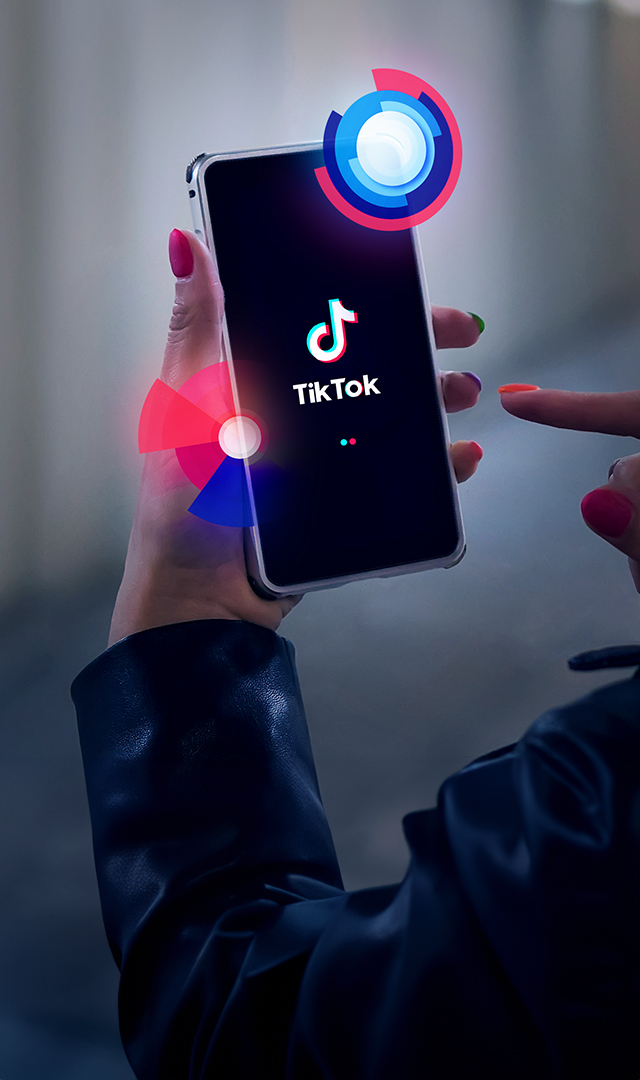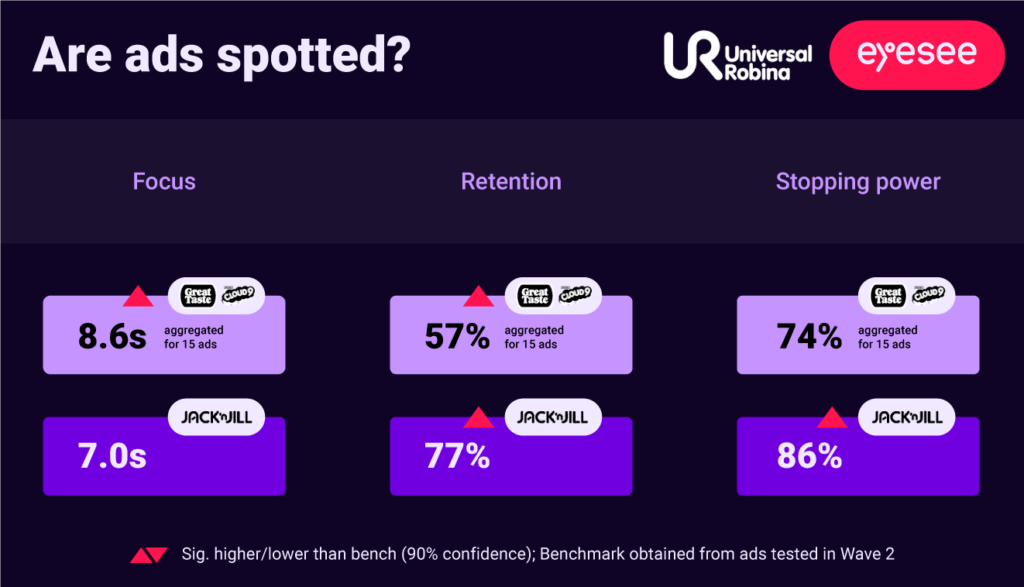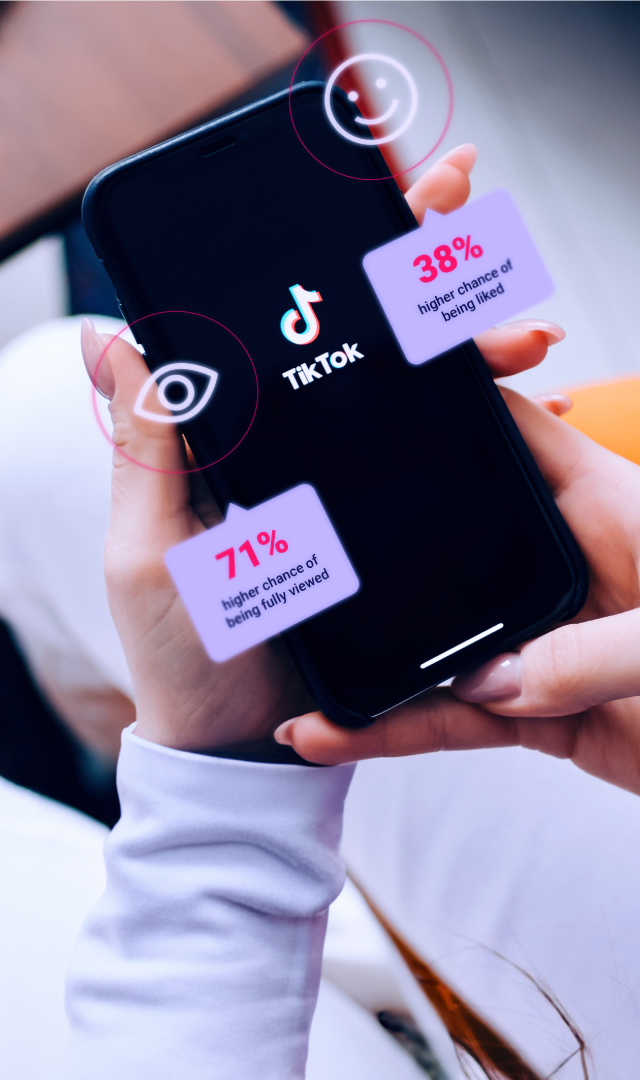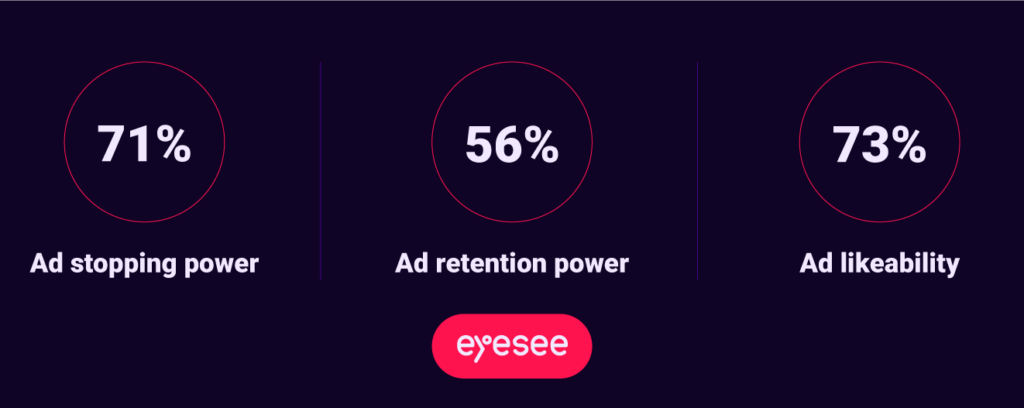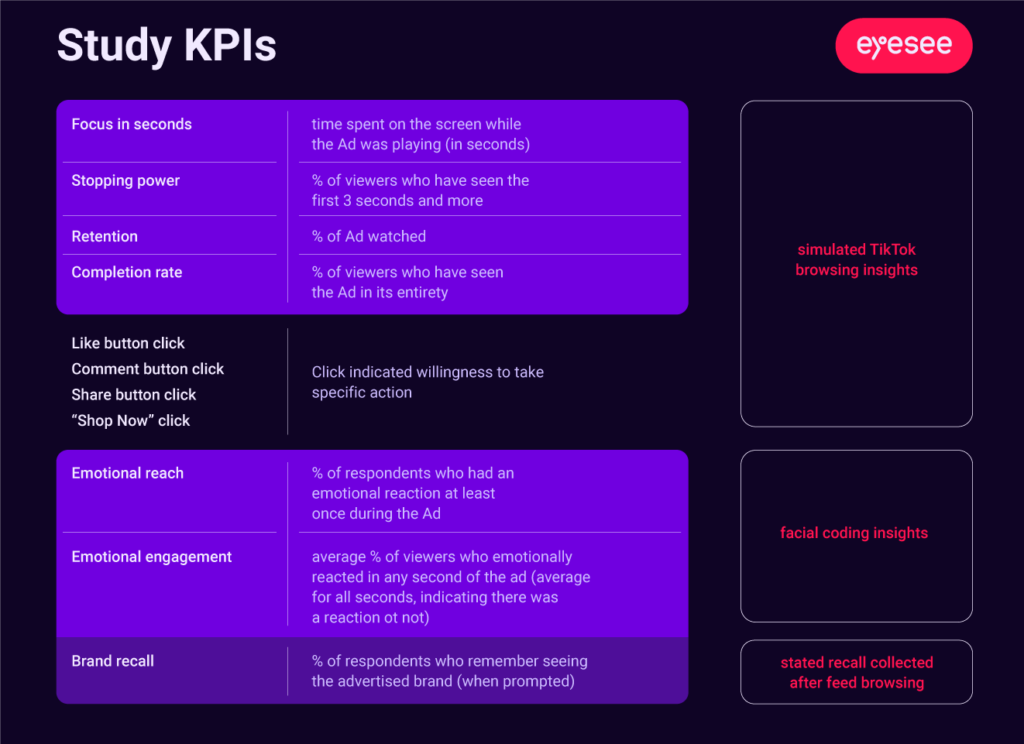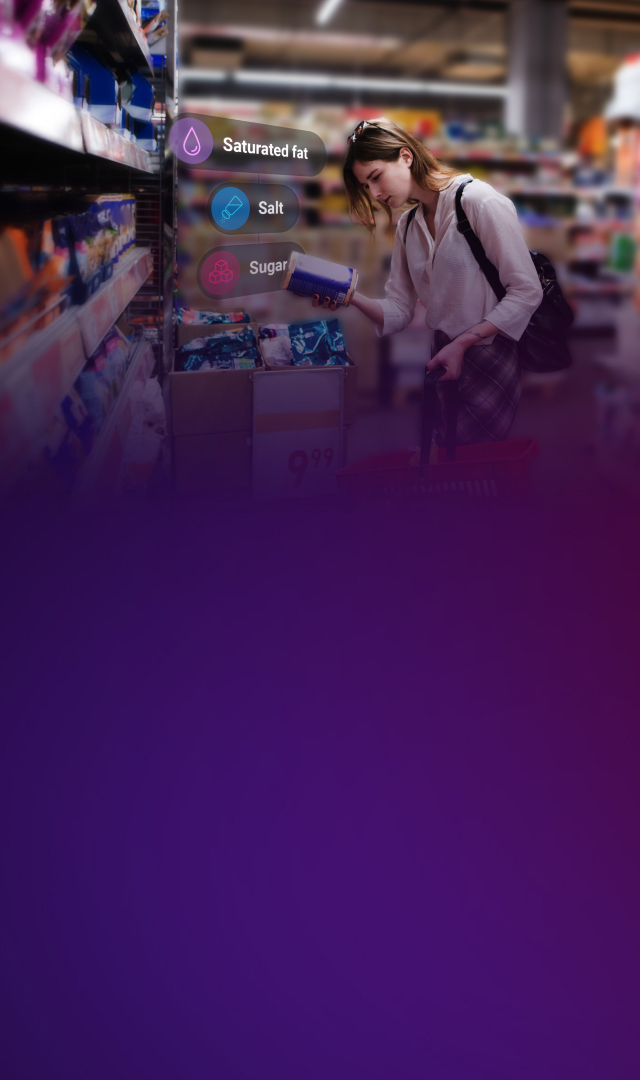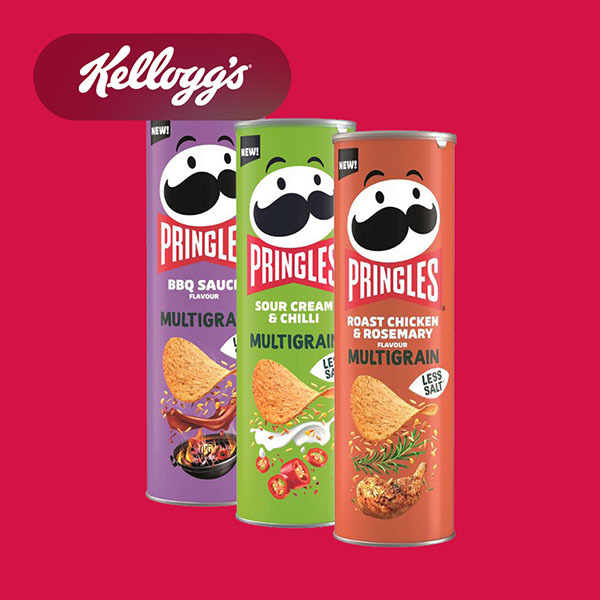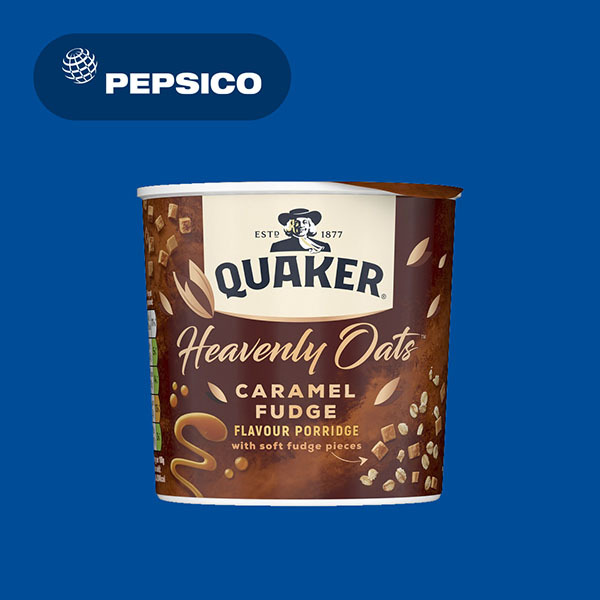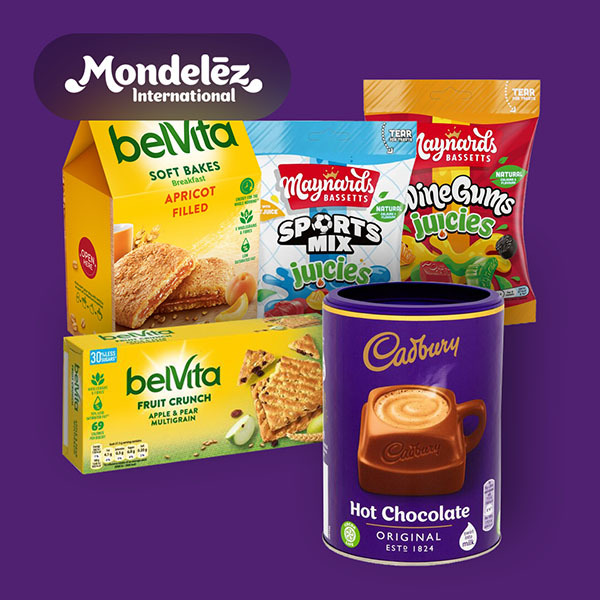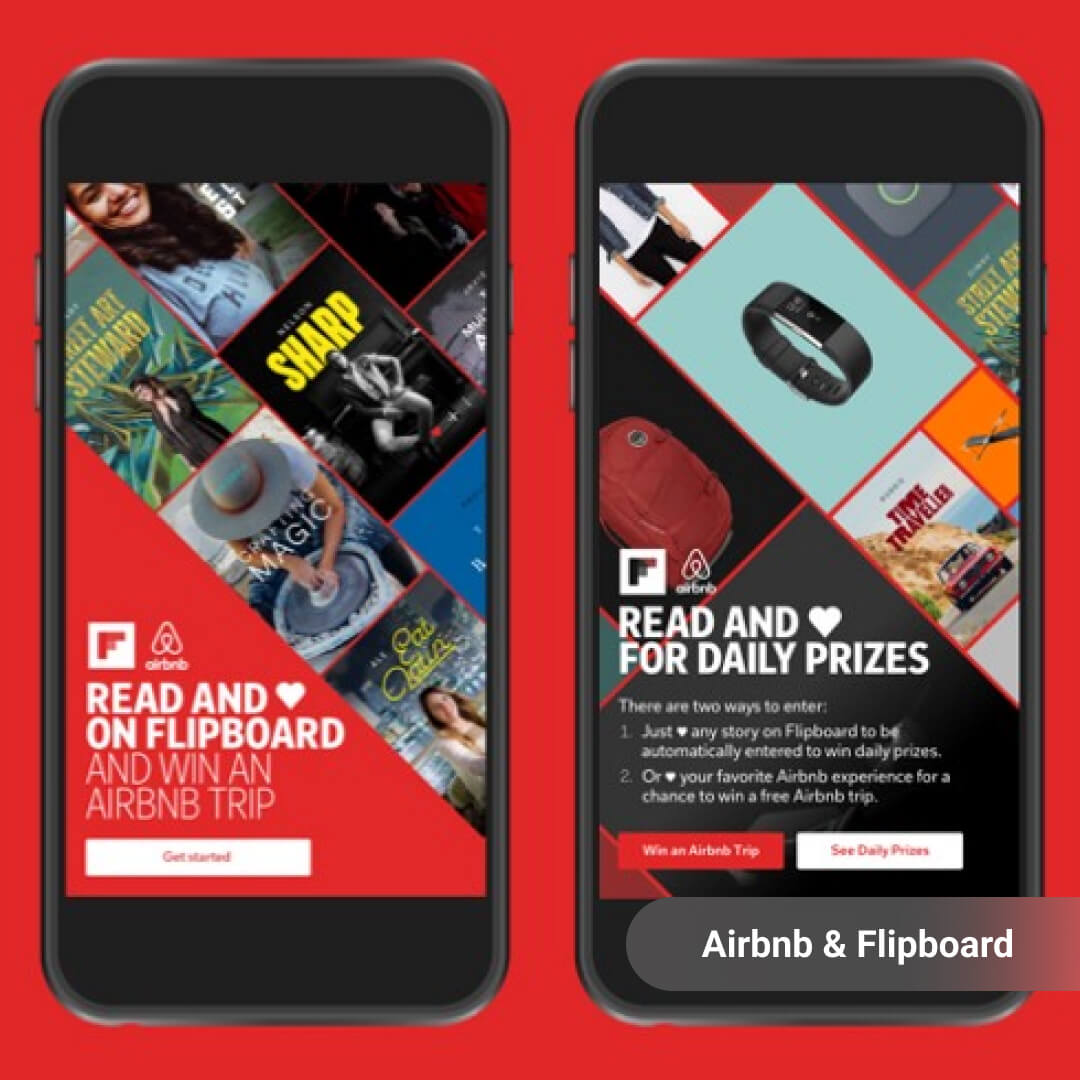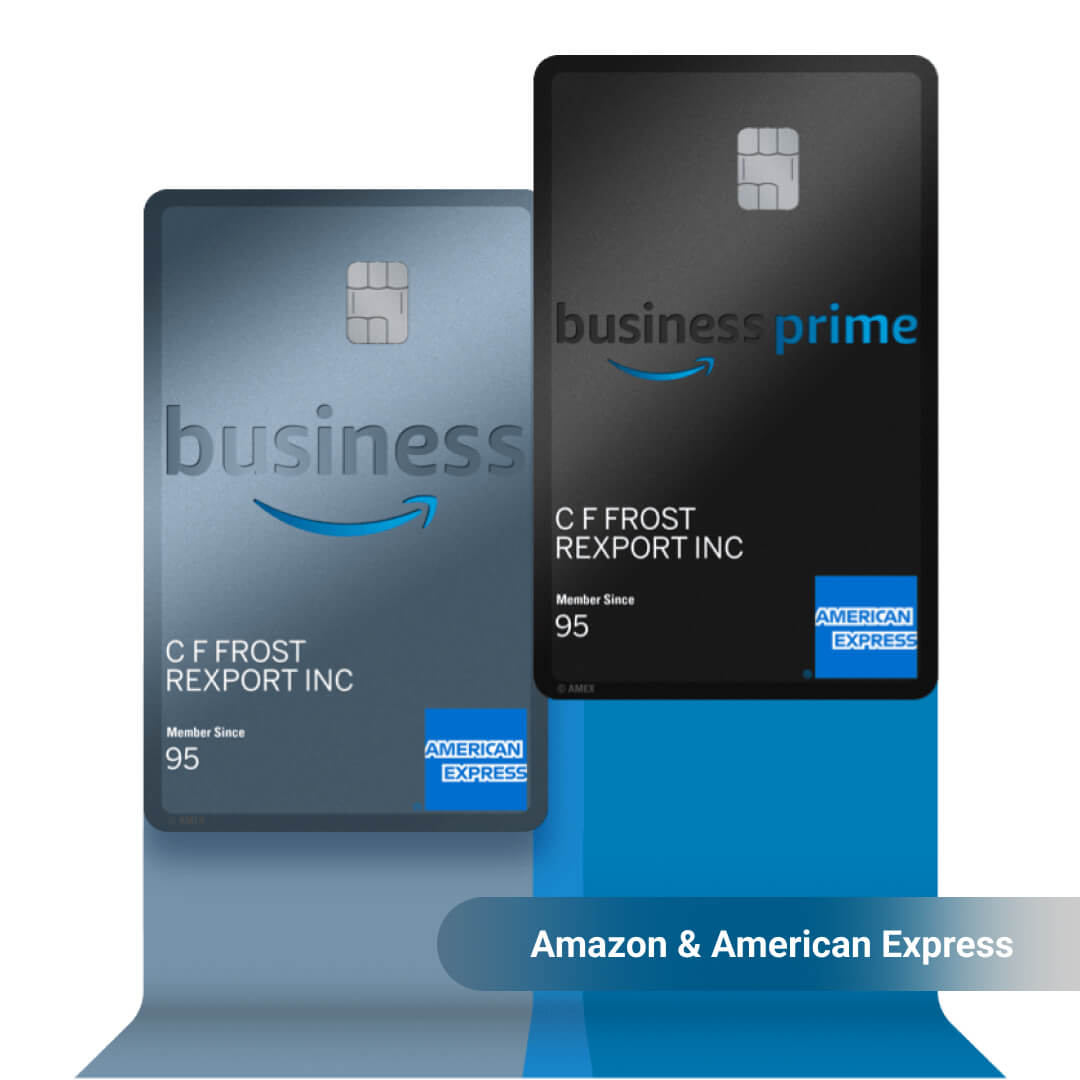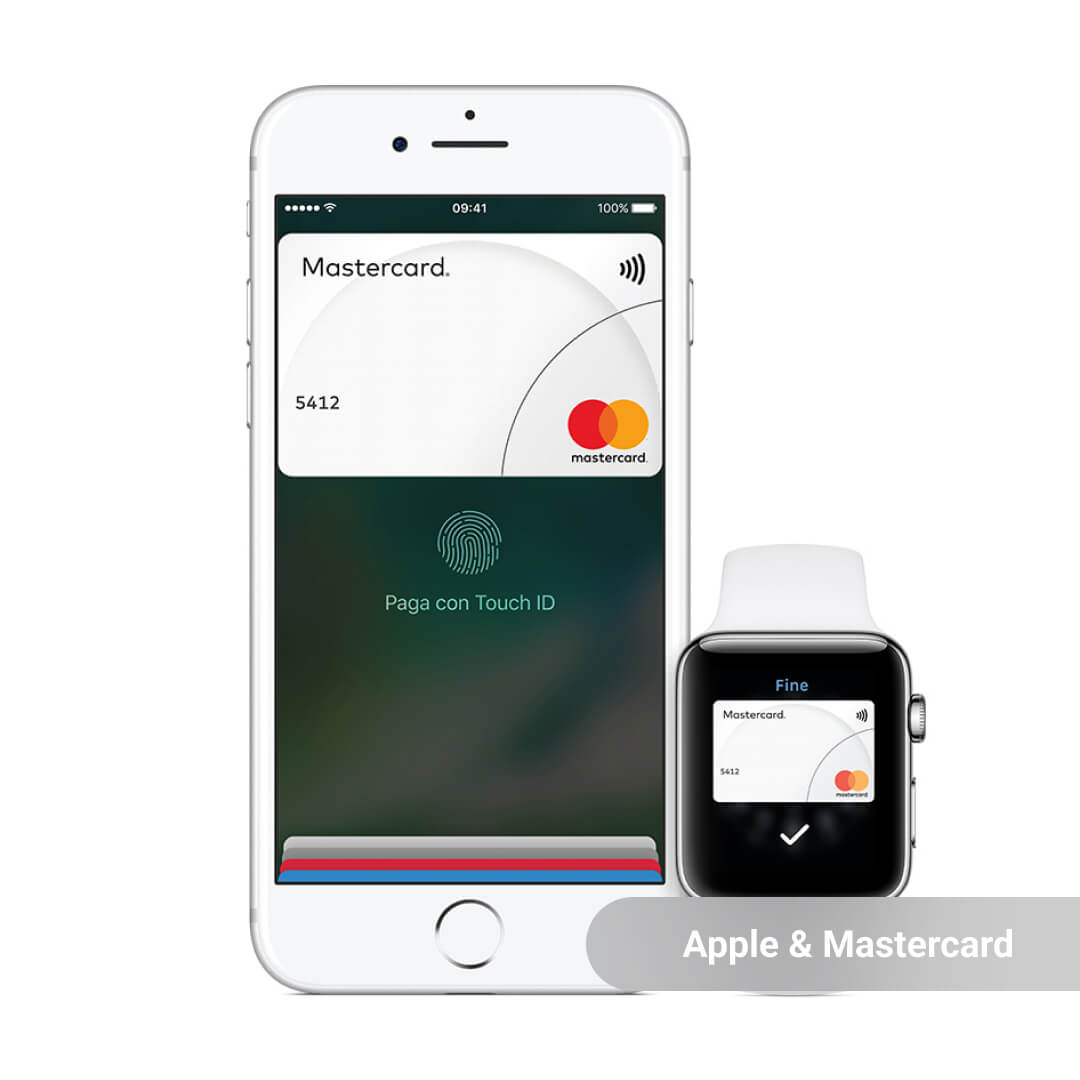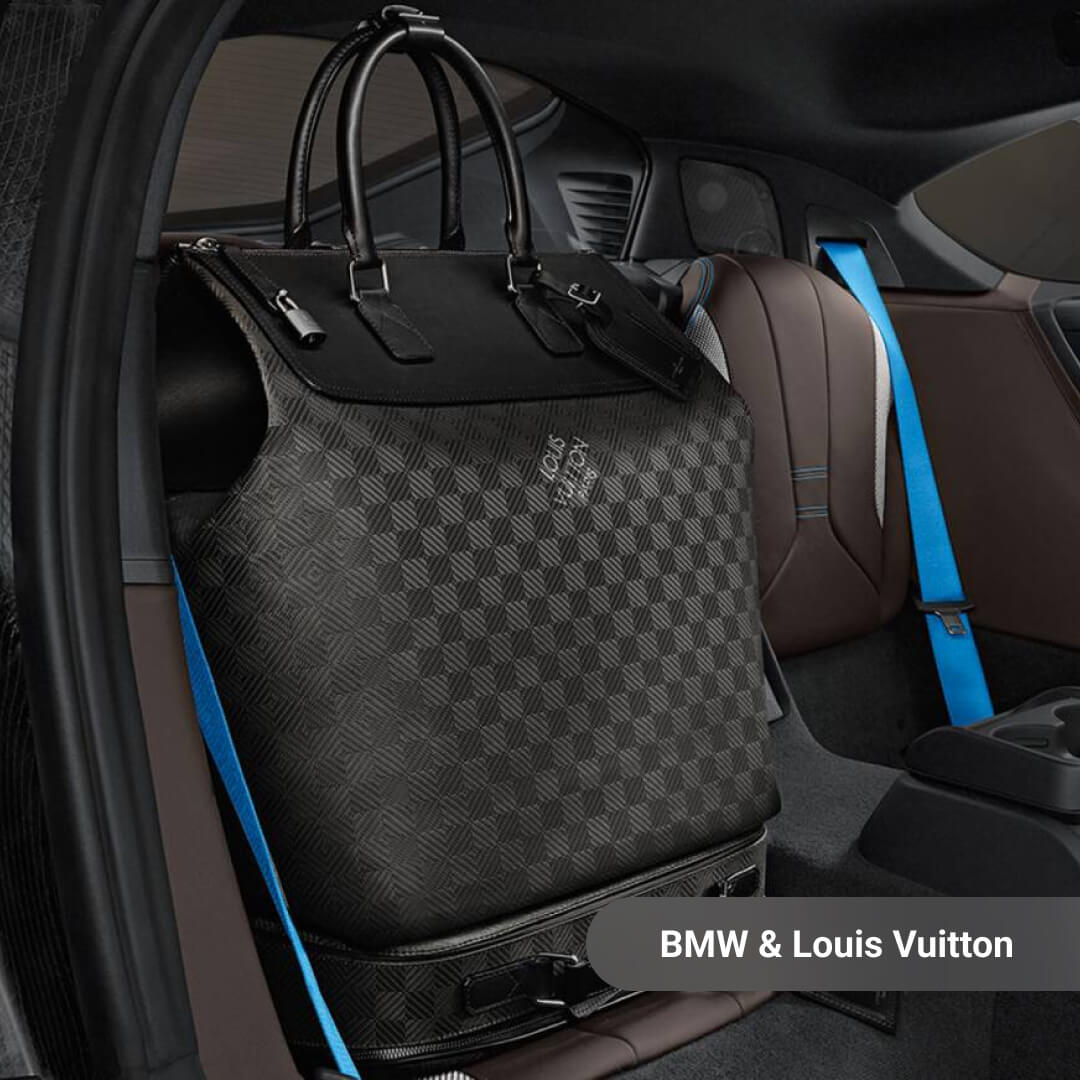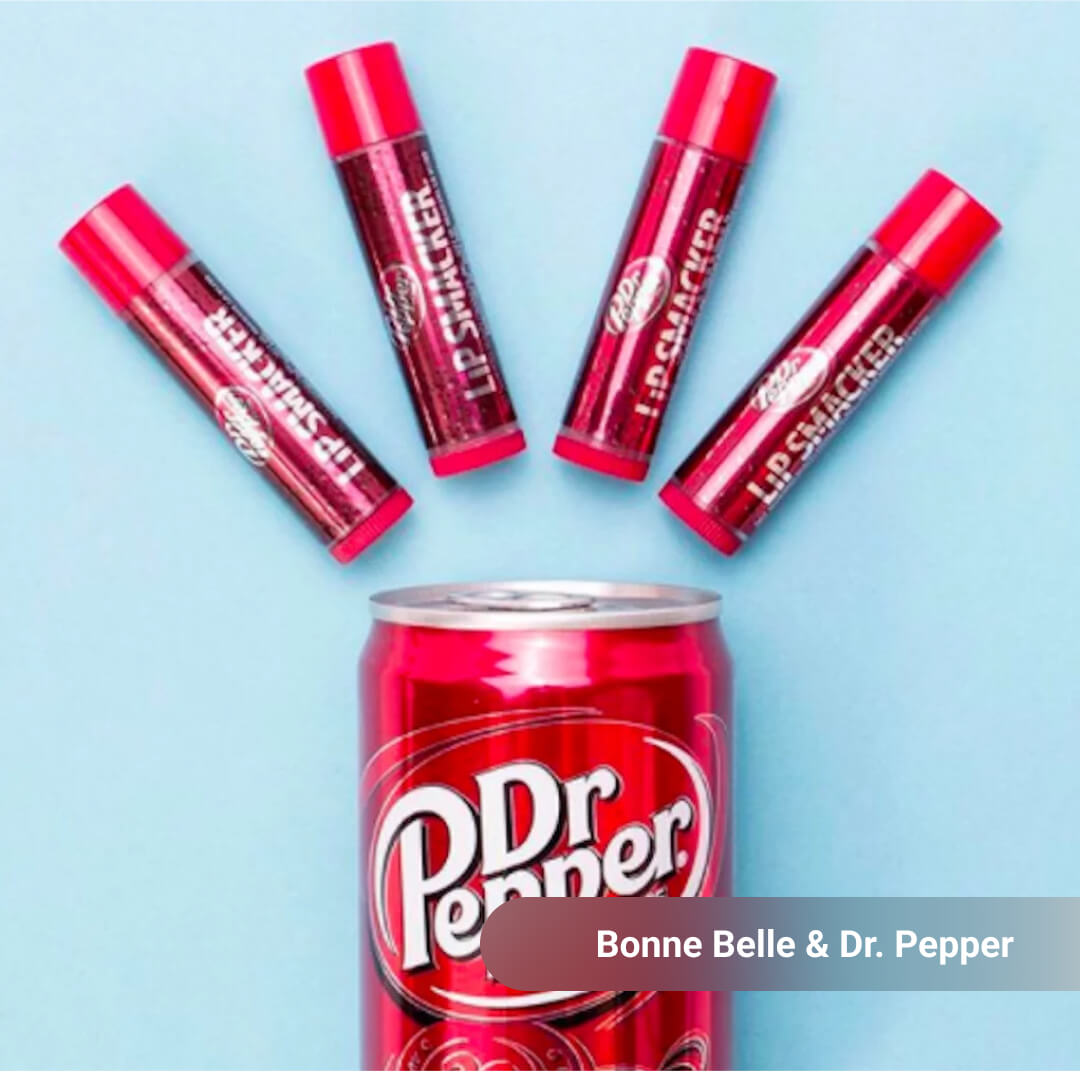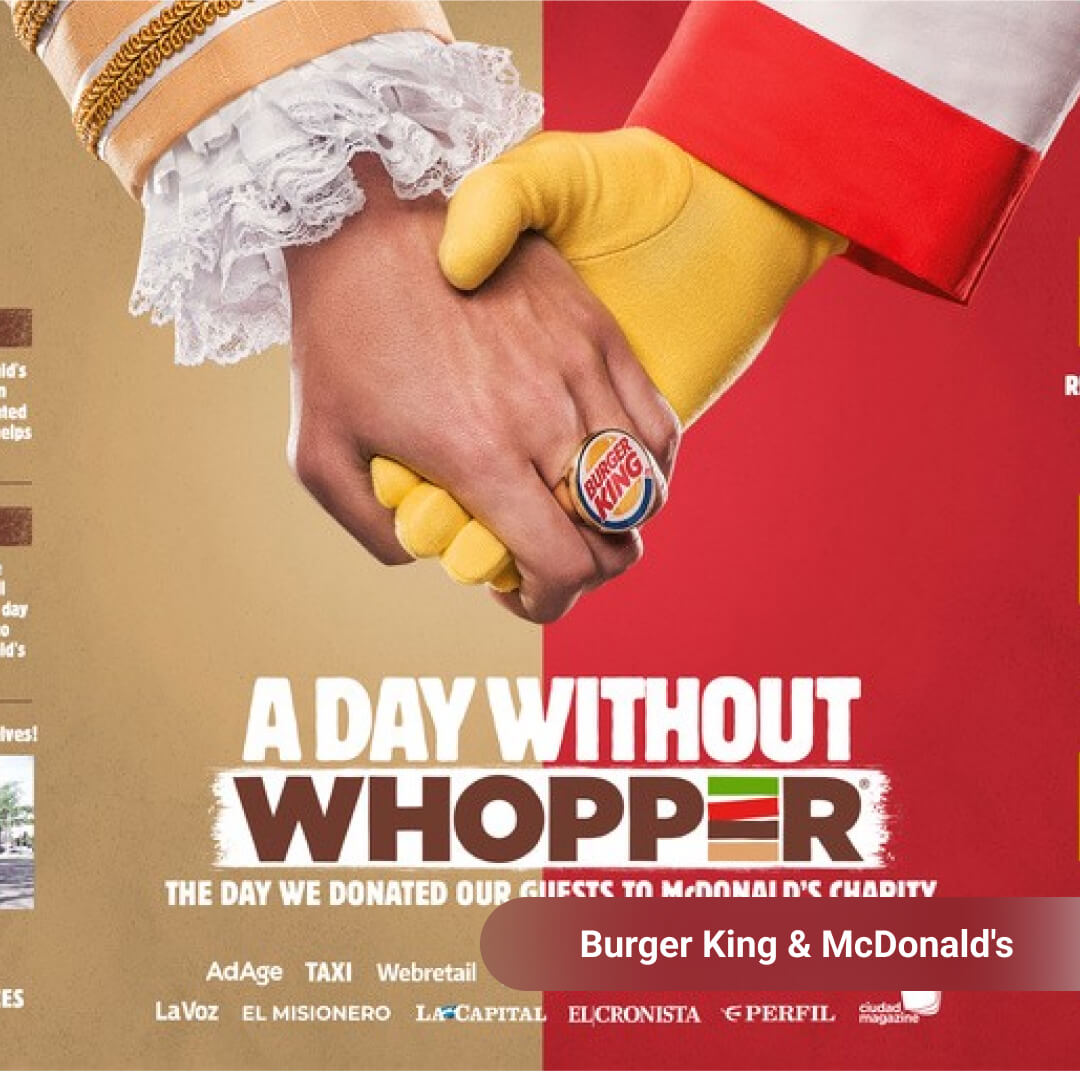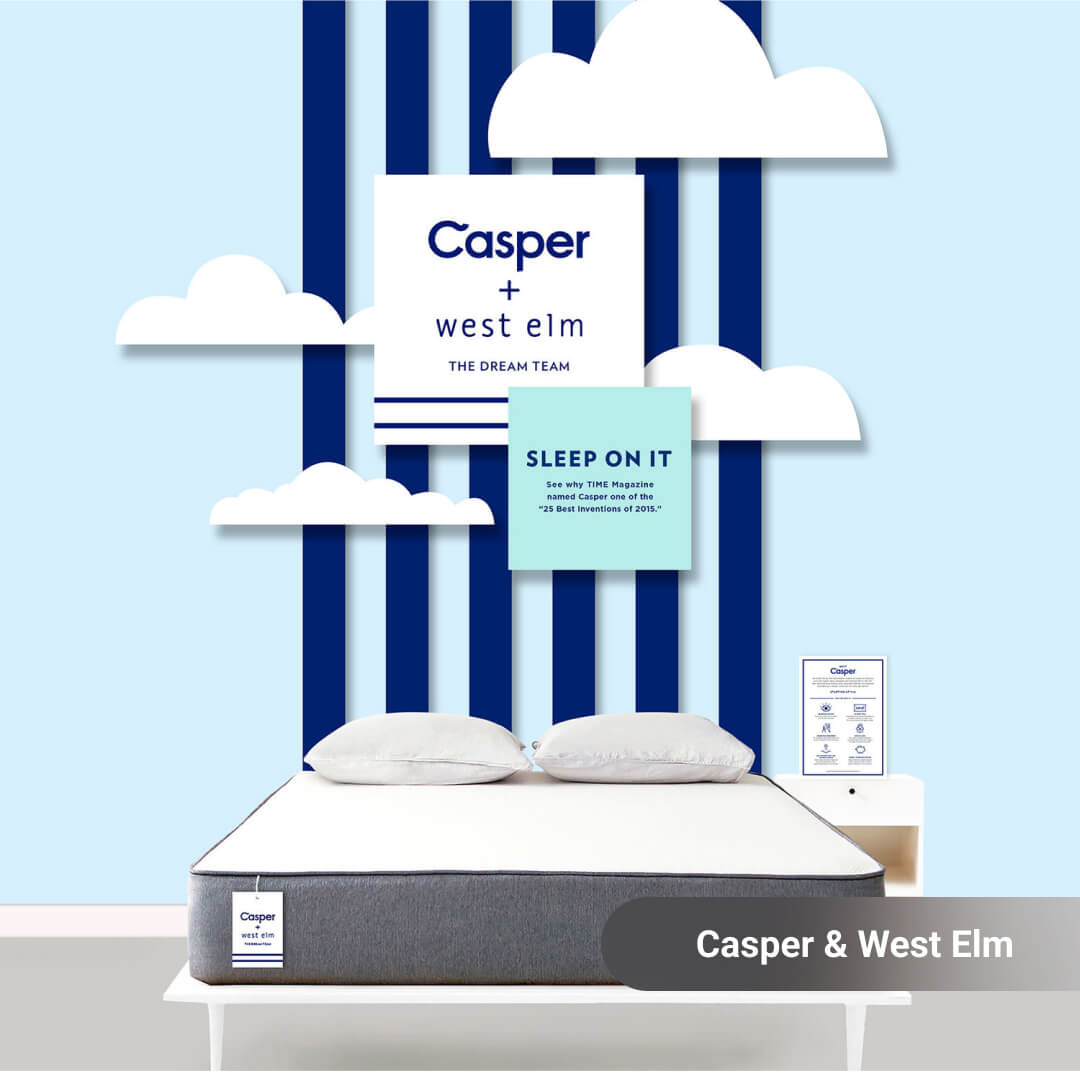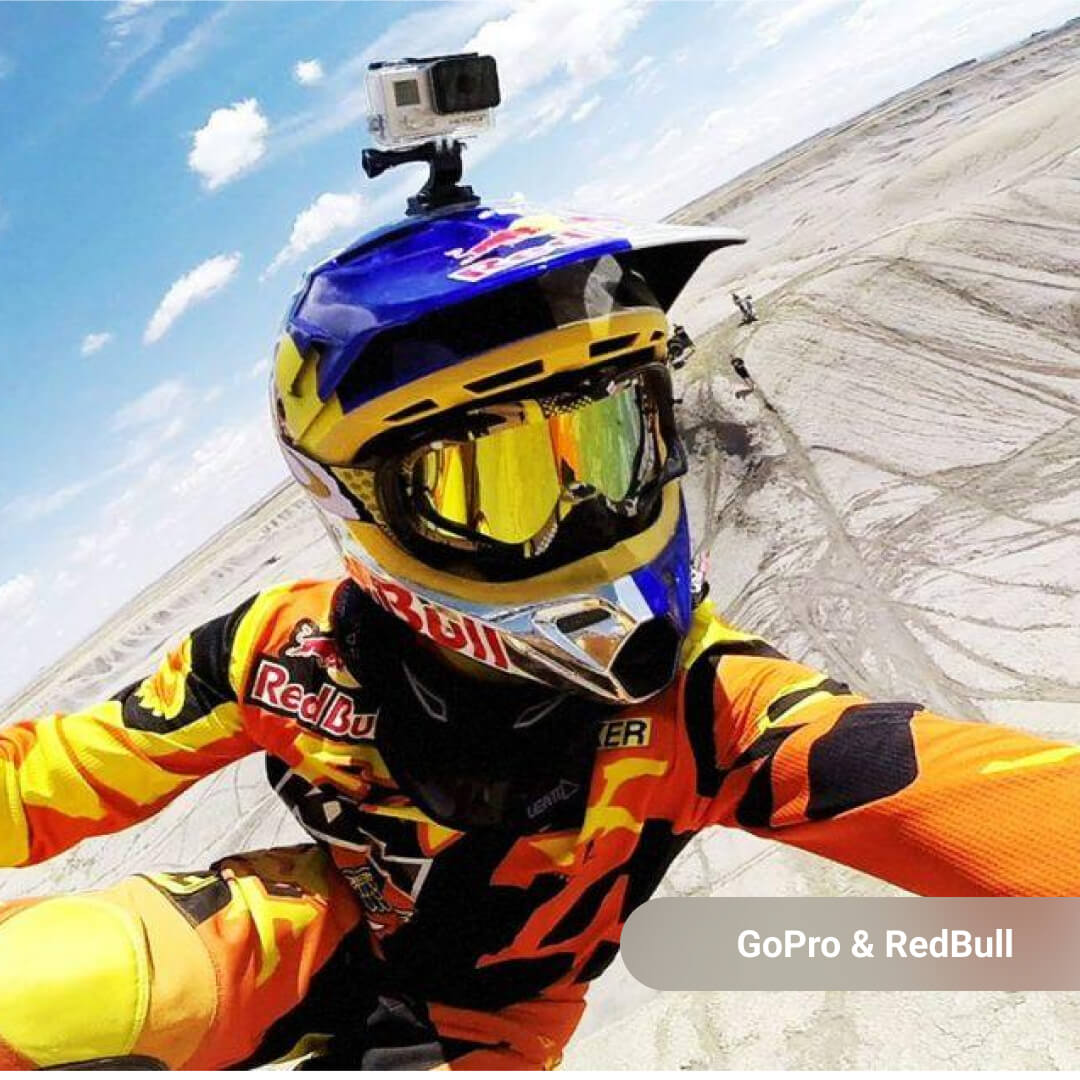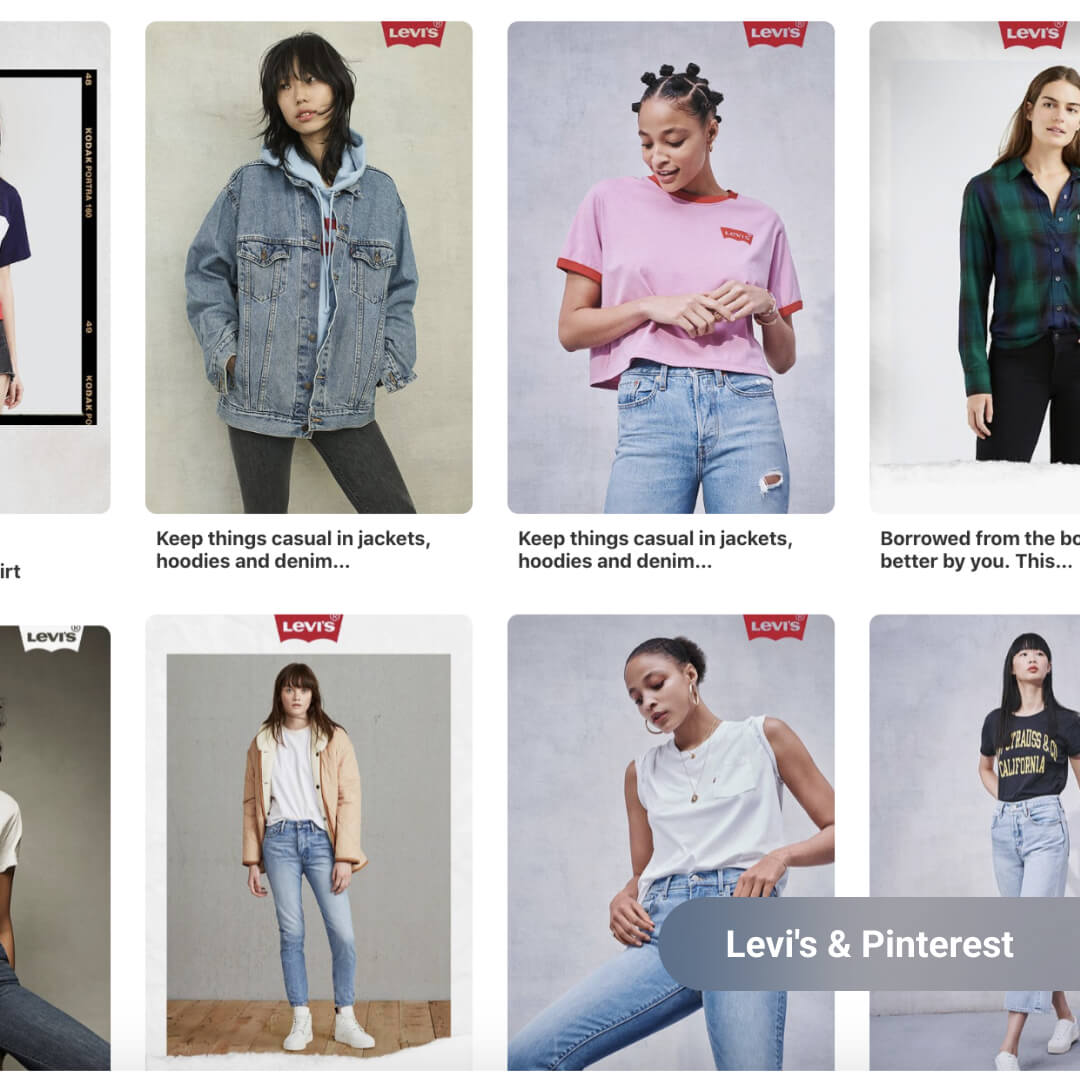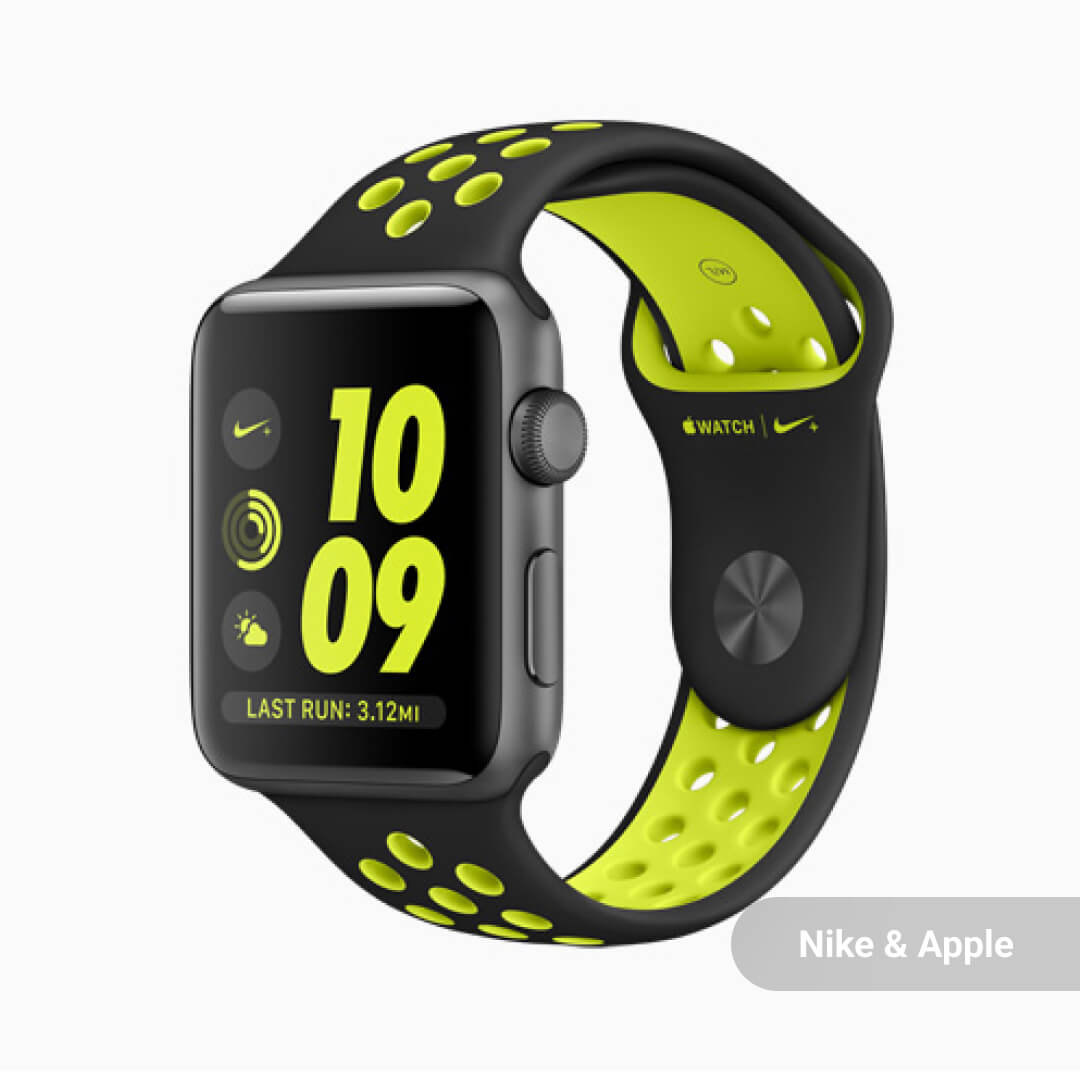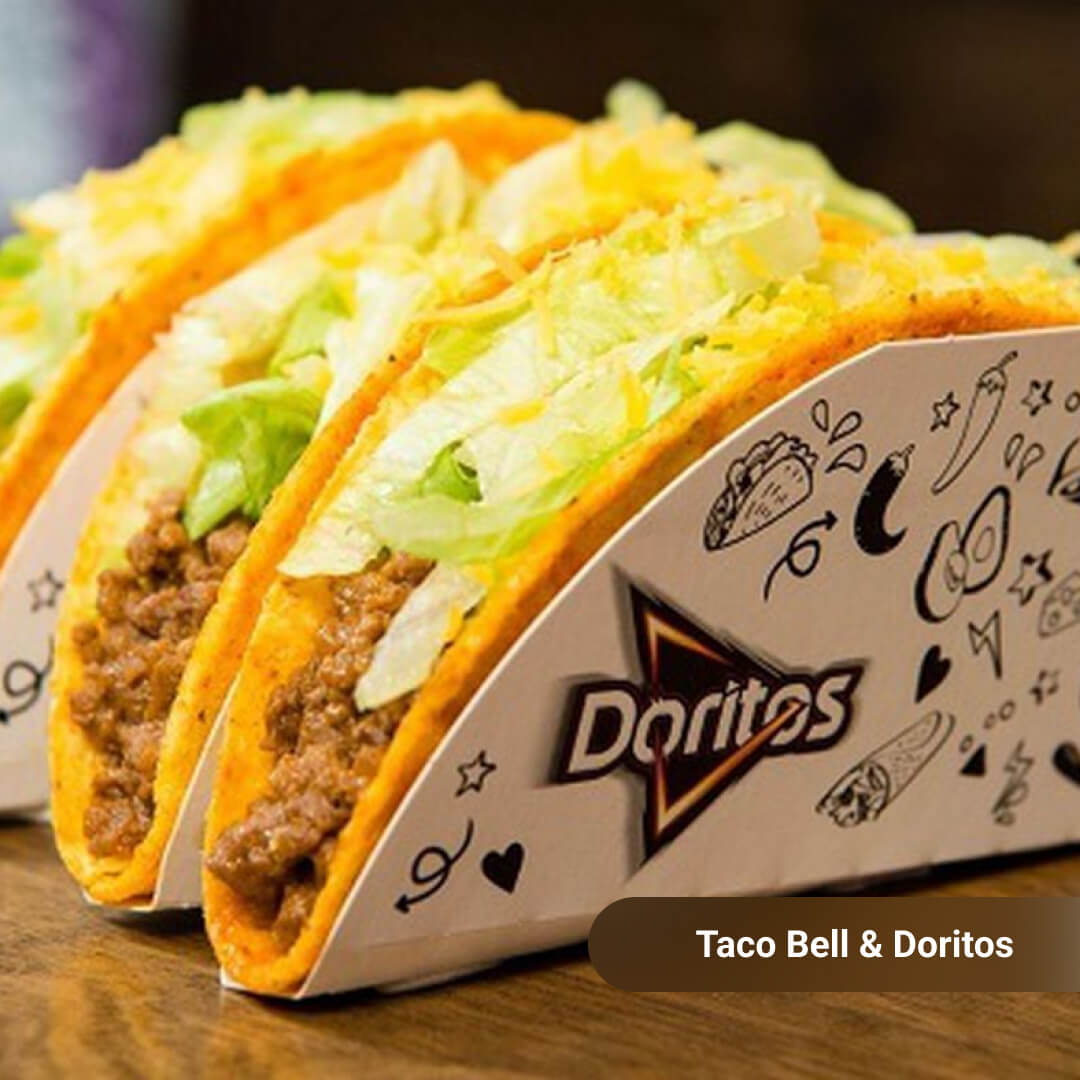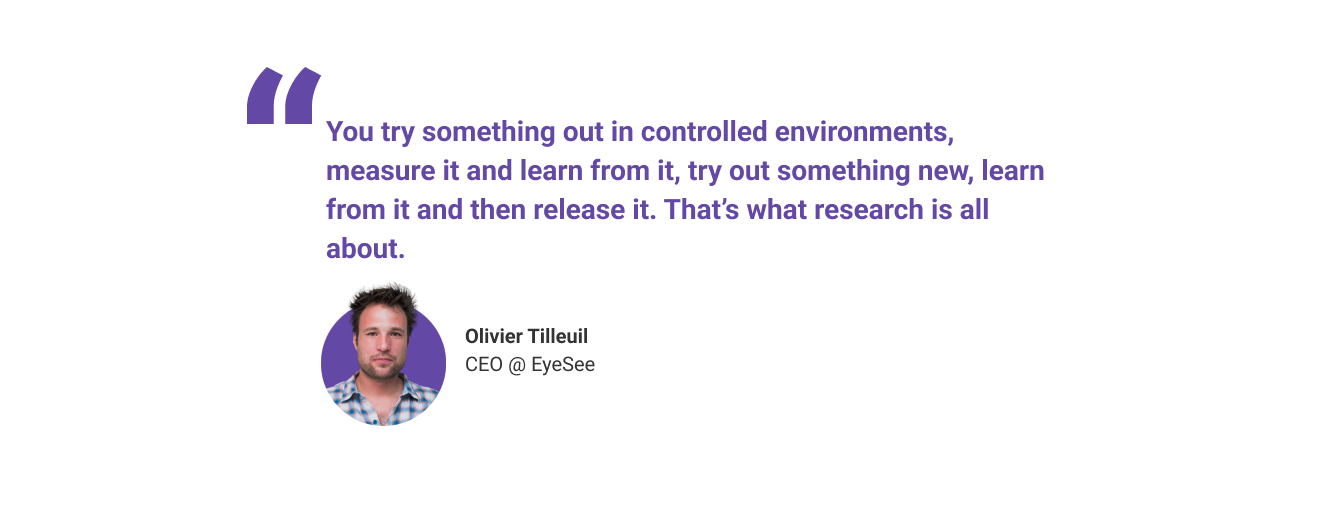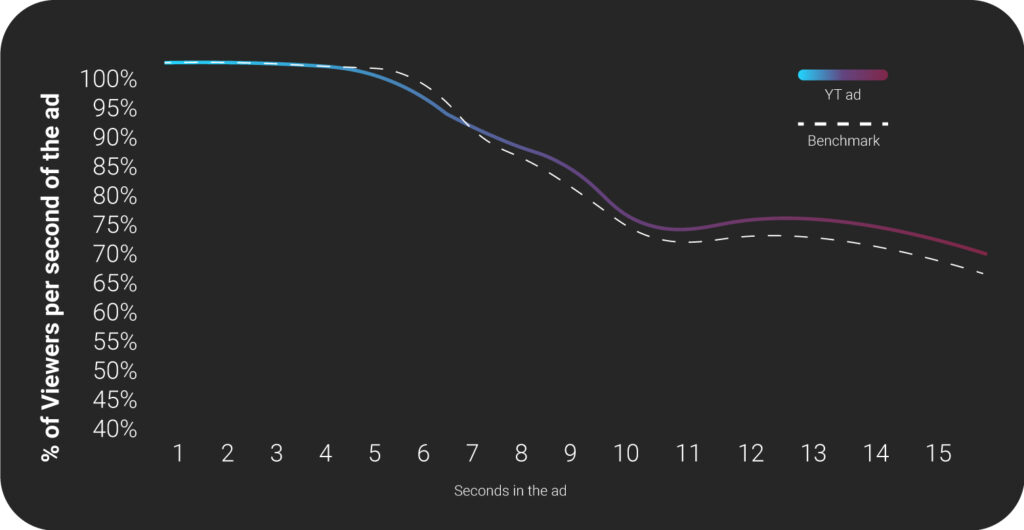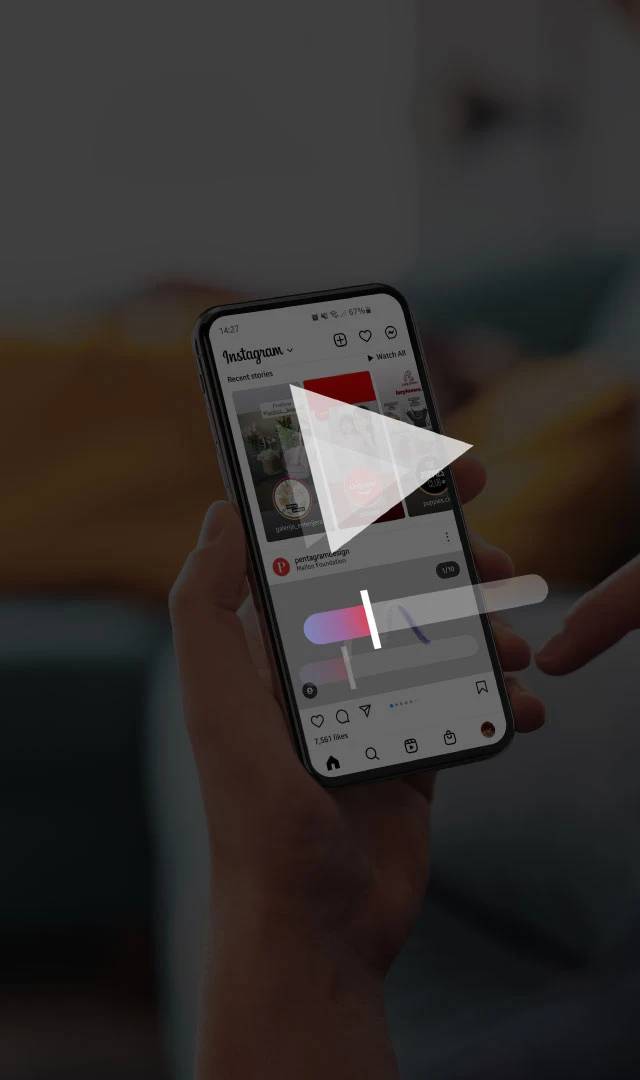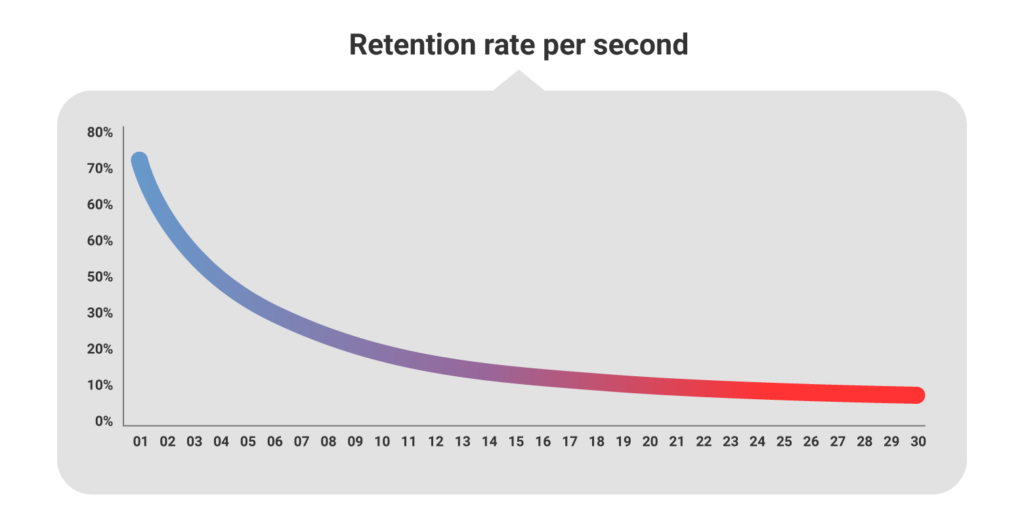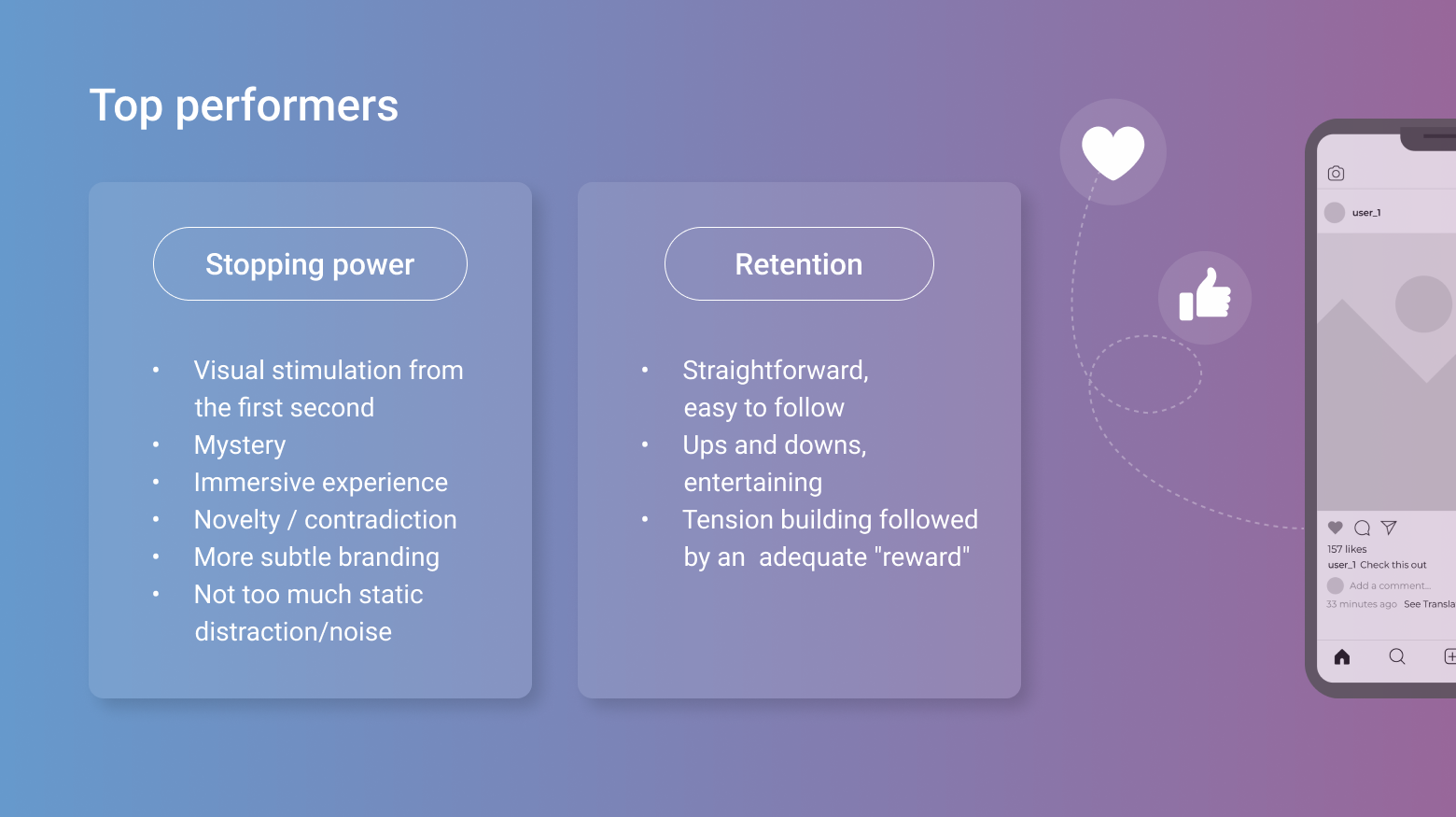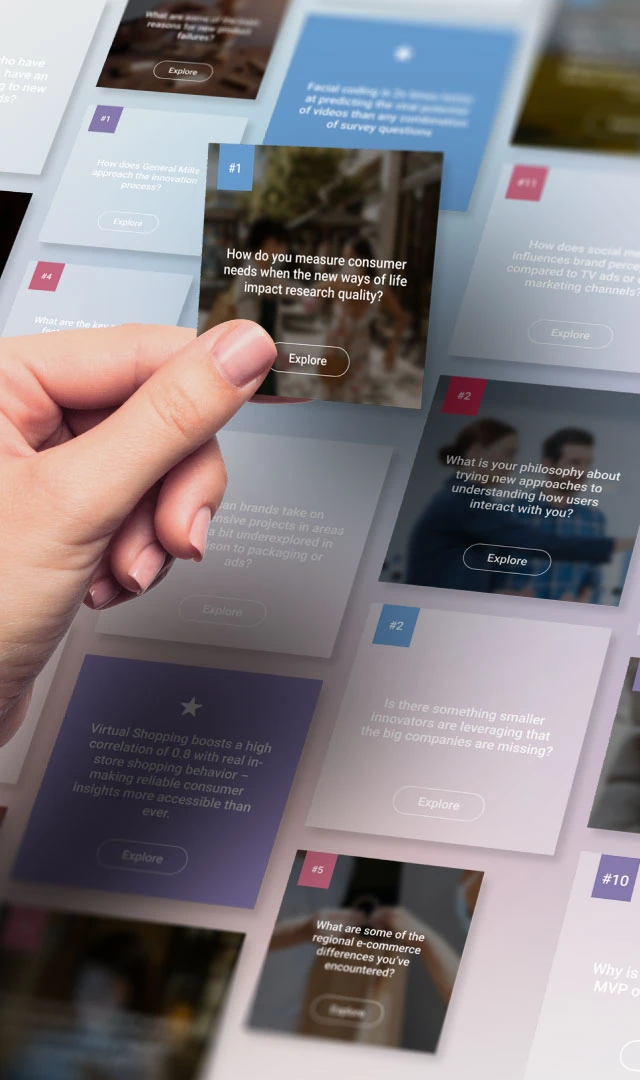By Minja Stojanov, Internal Business Development Director at EyeSee
As of 2022, the average daily social media usage of internet users worldwide amounted to 151 minutes per day, and Western Europe had a 79 percent social media penetration rate, topping the ranking of global social media usage by region since January 2023, Statista reports say. Not to mention that 81% of people between the ages of 30 and 49 actively use at least one social media site.
Numbers cannot be more clear; social media are officially an integral part of all our lives. They are places where we connect, inform, share advice and experiences, and sometimes even make direct purchases that are available via the emerging possibilities of social shopping. What is particularly interesting is that, recently, Instagram has been offering analytics, even to private profiles.
All of this indicates that there is a strong need for true social media influence to be understood.
Social Media Analytics VS mix of behavioral and traditional testing methods
However, are social media analytics sufficient to understand how content affects us and how it works? If we imagine brand managers who are budgeting for content production and strategy for the coming year and want to use analytics to determine the success of previous years’ social media ads, what insights would they have? Are the numbers showing the reach of some ads sufficient to determine whether the audience engaged with the ad or the brand in any way?
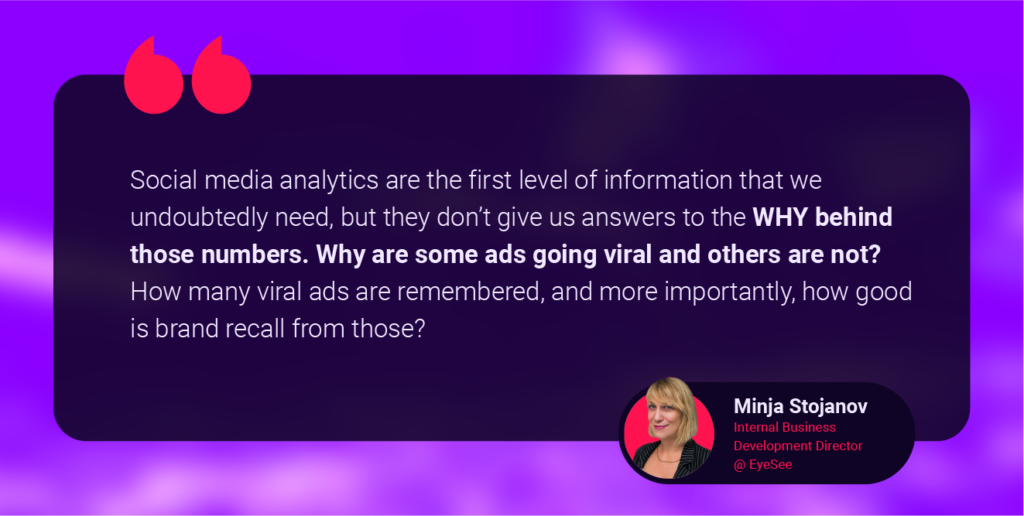
For reliable and valid insights, it is crucial to use a mix of behavioral and traditional methods focusing on consumer behavior in the timeline and its impact on sales uplift.
- Eye tracking allows granularity into which ad elements are seen and which are often missed. Analyzing the social media heat map is highly beneficial for the placement of key ad information.
- Facial coding identifies whether consumers are engaging with your brand by analyzing their emotions through facial expressions.
- Surveys help uncover what the ad impact on brand metrics is. When we combine Facial Coding, Eye Tracking and Survey results we get what the true ad impact on consumers was and more importantly WHY.
- Virtual shopping provides a direct link between the performance of an ad and in-store purchase behavior with the help of realistic simulated store environments that tap into authentic consumer behavior.
Main KPIs and benefits of replicated media Feeds

Did you know that people’s average focus per post on Facebook’s timeline is 4.1 seconds, 2.7 on Instagram feed, 3s on TikTok, and that for Facebook and Instagram, there is a 19% decrease in visibility when an ad is lower in the feed?
For uncovering the sophisticated differences in behavior that would go undetected with traditional social media analytics, research tools such as replicated social media feeds and the right thought framework are crucial.
That is why here are the metrics and KPIs you need to know about your ad performance:
a) Ad breakthrough:
- Visibility – how many users have actually seen your content?
- Attention – how long do they watch it for?
- Video retention – what are the usual points where you start to lose them?
b) Ad emotional engagement and brand impact:
- Emotional reach – is the ad resonating with them?
- Survey KPIs – does it fit with the brand, and do users like it?
c) Ad sales impact:
- Sales uplift – does the ad impact sales?
Building brand success on best practices and creative guidelines
If we go back to our imaginary brand manager from the beginning of this article, one might rightfully ask: How can I benefit from the knowledge of the campaign that is already done?

Imagine how much time you would save by not having to go back and forth with briefing the creative agencies and influencers but having all the insights along with content recommendations and a set of rules in one best practice playbook.
In conclusion
If you are interested in learning more, I advise you to reach out and ask us for our global study, a meta-analysis of almost 60 ads from 20 brands called “TikTok Global Study: Creative that Works.”. Or you can find a brief overview here and take it from there.
This study gave us, our clients, and TikTok, not only valuable insights and creative guidelines but it proved that social media campaigns are efficient across industries from FMCG, OTC, Personal and home care, and all the way through Durables and in some cases even Financial and other services.
But, no matter the industry, one thing is certain: you want your brand to be where your consumers are, and you want it to be part of their lives. In that process, social media is a crucial component of your brand’s social life among its consumers, and it needs to be done right. A best practice and creative guideline playbook is a tool one needs for that.
Eager for more? Read how to: Capture their attention first, and the ‘heart’ next: attention & emotions in social media advertising

